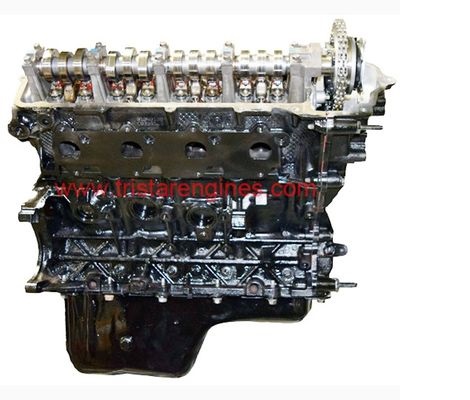

The battery stud has to be removed before separating the plastic case halves. I obviously also take a picture so that I know where all of the fuses go. I like to mark the relays so that I can reinstall them in their original locations. The fuse box out and sitting at my work station. It is the one to the far right in the next picture. All have latches that have to be depressed first except for one that has a loop on the end that has to be bulled up. There are several types of latches used to lock the connectors in place. There are multiple harness connectors plugged into the backside of the fuse box assembly. The 10 mm nut that holds the cable to the fuse box stud. I released the one on the underside first and then the one I am working on in the following picture. The plastic cap that covers the terminal and stud is a bit of a pain to remove and I used this hooked tool to release the latches. I recommend disconnecting the battery before doing this. There is a battery wire at the far left end of the fuse box that has to be removed. There are four screws that hold the fuse ox to the underside of the dash. The second thing was that the fuel pump relay is built into the fuse box and is not readily serviceable. In this case there was a complaint of an intermittent engine stalling condition so that meant the issue was related to the fuel pump relay.

2004 FORD ENGINE CODES CODE
If the code P0231 was stored and there was no performance problem with the fuel system the problem could be in the wiring between the fuse box and the PCM. One wire goes to the fuel pump via the inertia switch and the other goes to the PCM. Number one is that when the fuel pump relay is engaged it supplies power to two different wires. Studying a wiring diagram showed several things. Testing found a code P0231 stored which indicates a problem with voltage to the fuel pump. This 2004 Ford F250 with a 5.4 liter gas engine came in with the complaint that the engine would occasionally stall.


 0 kommentar(er)
0 kommentar(er)
